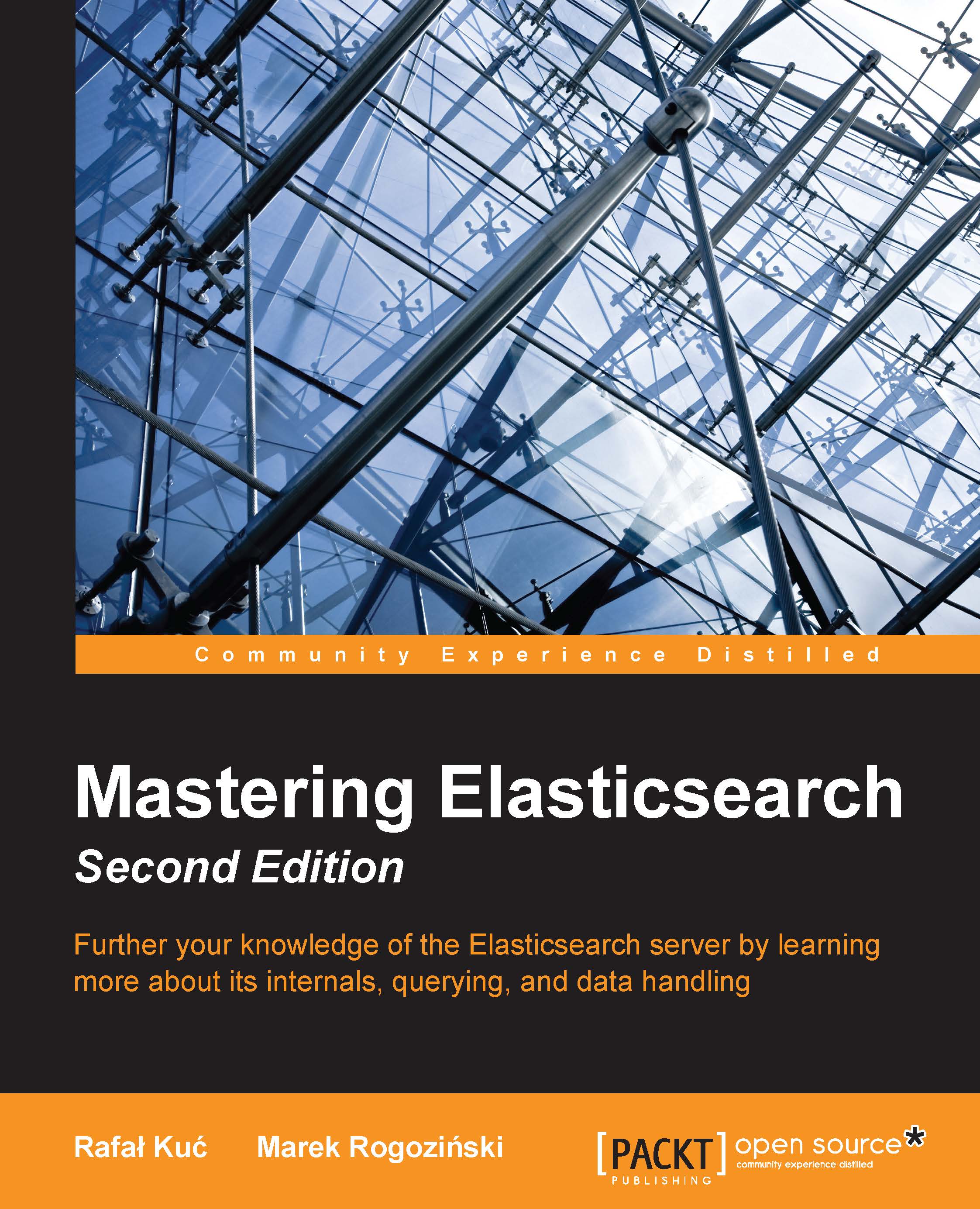-
Book Overview & Buying

-
Table Of Contents

Mastering Elasticsearch - Second Edition
By :

Mastering Elasticsearch
By:
Overview of this book
 Free Chapter
Free Chapter
